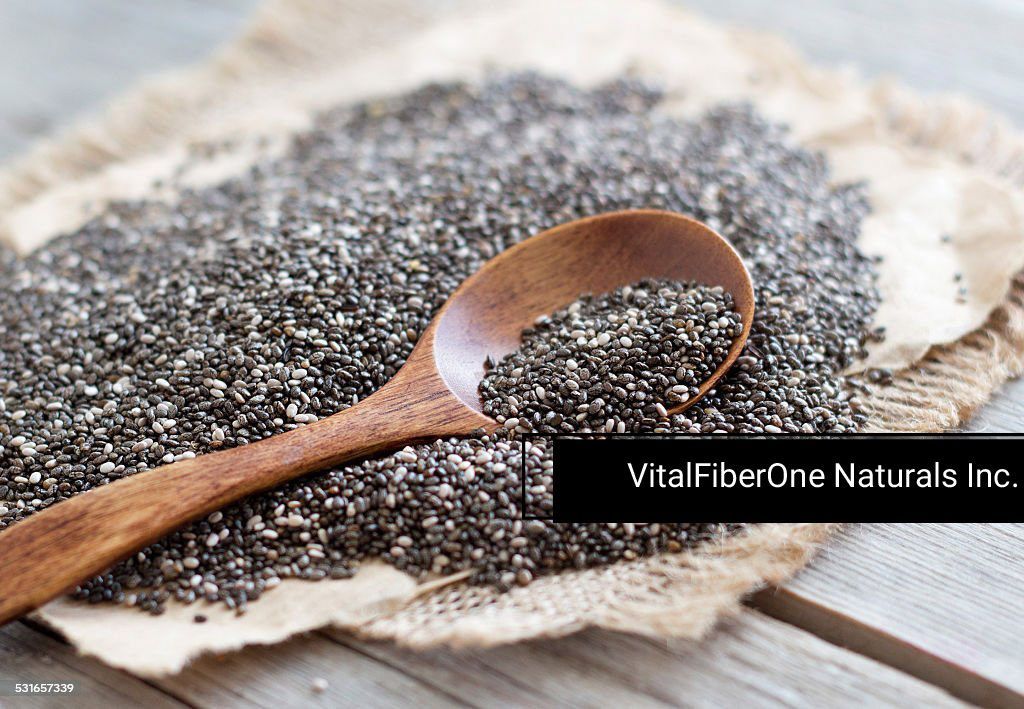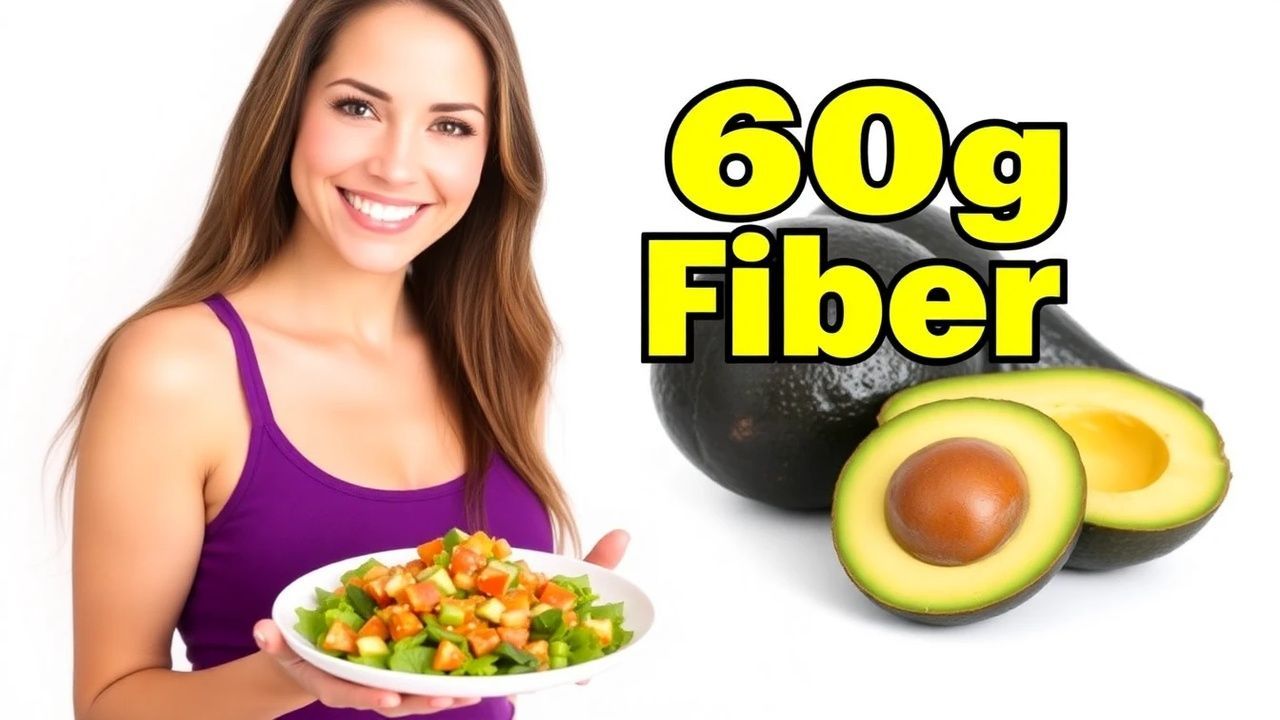Blog-Layout
Black vs. White Chia Seeds: Discover Their Distinct Health Advantages
ViatlFiberOne Naturals Inc. • April 5, 2024
Black vs. White Chia Seeds: Discover Their Distinct Health Advantages

Chia seeds have garnered significant attention in the realm of health and wellness for their exceptional nutritional value. Often found in two primary colors – black and white – the tiny seeds pack a punch when it comes to their health benefits. But is one better than the other? Let’s dive deep into the black vs. white chia seed debate and unearth the unique benefits that each brings to the table.
The Nutritional Powerhouse: Chia Seeds
Before we compare the different colors, it’s important to understand why chia seeds are considered a superfood. Rich in fiber, omega-3 fatty acids, proteins, and various micronutrients, they are an effortless way to boost the nutritional content of your meals.
Black Chia Seeds: The Versatile Gourmet Choice
Black chia seeds are widely recognized for their striking appearance that can add a pop of contrast to dishes. But their benefits go beyond aesthetics:
- **Antioxidant-Rich**: The dark color of black chia seeds signifies a high antioxidant content. These antioxidants help combat oxidative stress and may play a role in preventing chronic diseases such as heart disease and cancer.
- **Fiber-Filled**: Black chia seeds are a good source of dietary fiber, which can improve digestive health and aid in weight management.
- **Mineral Dense**: They are also rich in minerals like calcium, magnesium, and phosphorus, which are essential for bone health.
White Chia Seeds: The Subtle Nutritional Giant
White chia seeds are often underrepresented but not any less nutritious:
- **Nutrient Profile**: White chia seeds possess a similar nutritional profile to their black counterparts, containing a balance of omega-3s, protein, and fiber.
- **Subtler Flavor**: While the flavor difference is minimal, some may find the taste of white chia seeds to be slightly milder, which can be advantageous in delicate-flavored dishes where you want the seeds to blend seamlessly without affecting the visual appeal.
- **Versatile Use**: Thanks to their lighter color, white chia seeds can easily be incorporated into a variety of recipes like yogurts, smoothies, and baked goods without altering the dish's color palette.
Black vs. White: Is There a Nutritional Winner?
When it comes down to nutritional content, black and white chia seeds are practically identical. The primary difference lies in the subtle flavor and the aesthetic appeal they provide to dishes. Choosing between the two often comes down to personal preference and culinary usage rather than nutritional superiority.
Dietary Integration: How to Enjoy Black and White Chia Seeds
Regardless of color, both black and white chia seeds are versatile and can be used interchangeably. Here are some suggestions on how to integrate them into your diet:
- **Soak** them to make a chia pudding, which can serve as a healthy breakfast or dessert.
- **Sprinkle** them onto salads, oatmeal, or cereal for an added crunch and nutritional boost.
- **Mix** them into smoothies or juices for a fiber-packed beverage.
- **Bake** them into bread, muffins, or pancakes to fortify your baked goods with omega-3s and proteins.
Sustainable Shopping: Selecting the Best Chia Seeds
When shopping for chia seeds, sustainability can also be a factor in your selection process. Look for brands that source their seeds ethically and support sustainable farming practices. Organic options might also appeal to those looking to avoid pesticides and embrace a natural diet.
Summary
At the end of the day, both black and white chia seeds offer exceptional health benefits that can enhance your diet. Whether you prefer the bold look of black chia seeds or the subtler, paler hue of white ones, you can rest assured that you are making a health-promoting choice.
This detailed analysis of black versus white chia seeds is a perfect addition to any health-conscious reader's knowledge base. Remember, the best choice in chia seeds is one that aligns with your dietary goals and preferences. Don’t forget to check the origin and processing of the seeds to ensure you're getting the best quality for your nutritional buck. Include chia seeds in your diet and reap the powerful benefits of this tiny, but mighty, superfood.

By VitalFiberOne Naturals Inc.
•
February 8, 2025
Revolutionize your diabetes care with the power of AI! Introducing GlucoAI Precision Technology, a game-changing innovation that's transforming the way we manage diabetes. This cutting-edge technology uses artificial intelligence to provide personalized insights and precise glucose monitoring, empowering individuals to take control of their health. Say goodbye to guesswork and hello to data-driven decision making. Learn how GlucoAI is revolutionizing diabetes care and improving lives.

By VitalFiberOne Naturals Inc.
•
January 24, 2025
Making grocery shopping a breeze for diabetics! GlucoSense is revolutionizing the way people with diabetes shop for groceries. With its innovative technology, GlucoSense makes it easy to identify and purchase diabetes-friendly food products. Say goodbye to hours of research and label-reading, and hello to a stress-free shopping experience. In this video, we'll show you how GlucoSense is changing the game for diabetics and making healthy grocery shopping a whole lot easier. Whether you're living with diabetes or know someone who is, this video is a must-watch!

By VitalFiberOne Naturals Inc.
•
December 20, 2024
Are you tired of feeling uncertain about your diabetes management? Do you have burning health questions that need answers? In this blog, our panel of diabetes experts are here to provide you with the clarity and confidence you need to take control of your health. From understanding blood sugar levels to managing medications and diet, our experts will cover it all. Get ready to have your most pressing questions answered and start living your best life with diabetes. Whether you're newly diagnosed or have been living with diabetes for years, this video is for you. So sit back, relax, and let's dive into the world of diabetes management together!

By VitalFiberOne Naturals
•
December 18, 2024
Indulge in the flavors of the Middle East with our Fiber Rich Baked Falafel recipe, served with a side of creamy Tahini Sauce! In this video, we'll show you how to make crispy on the outside, fluffy on the inside falafel using chickpeas, herbs, and spices, all while keeping it healthy and fiber-rich. The perfect vegetarian snack or meal option. Our tahini sauce recipe is a game-changer, made with tahini paste, garlic, lemon juice, and olive oil. It's creamy, tangy, and pairs perfectly with our baked falafel. Get ready to elevate your snack game with this easy-to-make and delicious recipe!

By VitalFiberOne Naturals Inc.
•
November 17, 2024
Unlock the secret to a healthier and fitter you with Fiber-Guru's 4 weeks FREE trial! In this blog, we'll introduce you to a revolutionary program designed to help you achieve your fitness goals and transform your body in just a few weeks. With Fiber-Guru, you'll get access to a comprehensive fitness plan, personalized coaching, and a supportive community to help you stay motivated and accountable. Say goodbye to fad diets and hello to a sustainable lifestyle that will leave you feeling energized, confident, and empowered. Try Fiber-Guru today and start your fitness journey with a 4-week free trial!

By VitalFiberOne Naturals Inc.
•
August 26, 2024
Are you trying to lose weight and wondering about the best time to eat? In this video, we dive deep into the optimal meal timing for weight loss. Should you prioritize a smaller breakfast, a moderate lunch, or a light dinner? We explore the science behind meal timing and its impact on your metabolism, hunger levels, and overall weight loss journey. Discover the pros and cons of each meal and learn how to structure your eating schedule for maximum results. Whether you're a breakfast lover or a dinner devotee, this video provides valuable insights to help you make informed choices. Don't miss out on tips and strategies that can transform your eating habits and support your weight loss goals! Tune in and find out the best time to eat for effective and sustainable weight loss. Remember to like, comment, and subscribe for more health and wellness tips!






